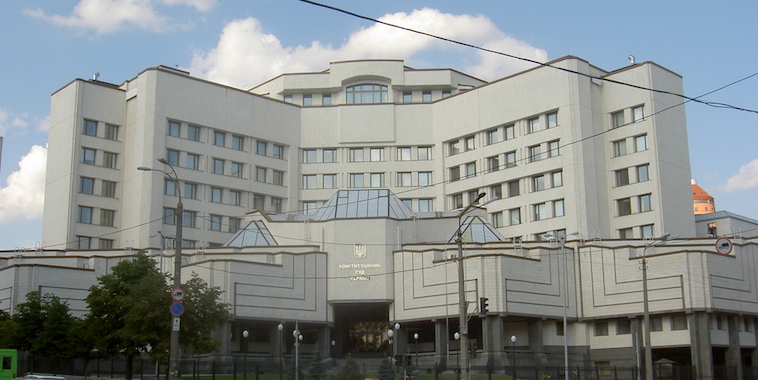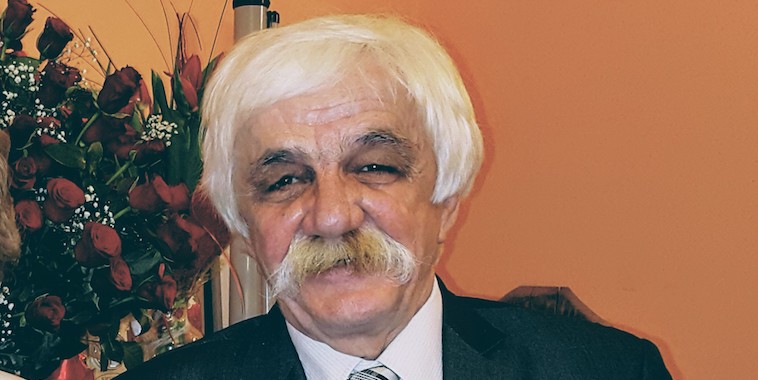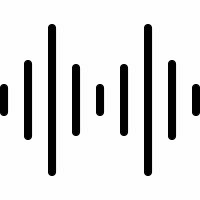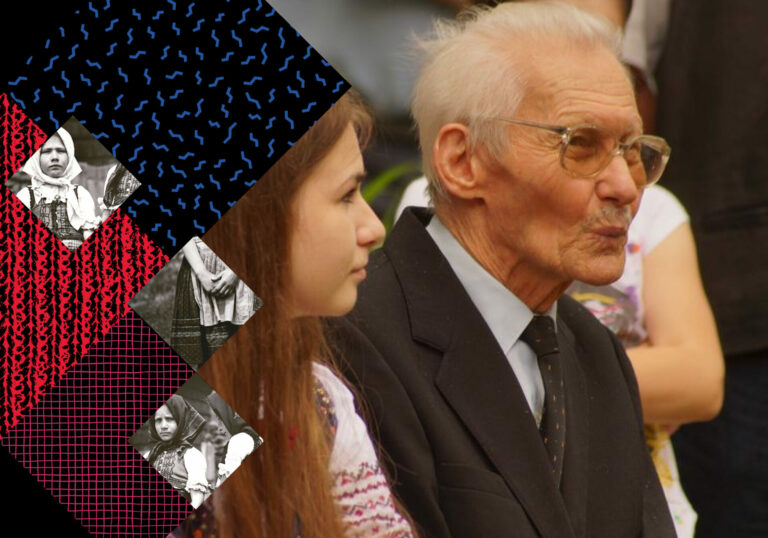Constitutional Court of Ukraine sat on the law on language policy
The Constitutional Court of Ukraine – the only authority of constitutional jurisdiction in Ukraine, on Thursday 17 November 2016 at its meeting dealt with an application by deputies of Svoboda concerning checking constitutionality of On the Basics of the State Language Policy law, known also as Kivalov-Kolesnichenko Language Law. It is law in which, probably for the first time in the history of Ukrainian law, Rusyn language was mentioned, distinguished among 18 other regional languages. We wrote more about the law on lem.fm website and in the 35th edition of the Lem.fm+ PanRusyn weekly.
Half an hour before the court session, a picket started in front of the building in Kyiv. The participants were people who considered the law on language policy of Ukraine to be incompatible with the constitution. About one hundred of people gathered at the Zhylanska street 14 in Kyiv, including representatives of social organizations, a political party of Svoboda and others. As we can read on Svoboda’s Facebook profile, the protesters expressed their opinions (this one – from Oleh Tiahnibok, Svoboda) that this version of the On the Basics of the State Language Policy law is Putin’s plan to make Russian the second [next to Ukrainian] official language, that is why they devised this particular pseudo-tolerance by which they make us to get over Ukraine’s russification.
From 9AM (10AM of the local time), the Constitutional Court of Ukraine started the procedure of oral hearing of the deputies. Although there was no representative of Ukraine president at the meeting present, the court decided to start without them. The beginning of the meeting was about formal-legal questions asked by Oleh Bodnarchuk. As one of the applicants, he requested for withdrawal of proceedings of the 5 courts (there were three present at the meeting), argumenting his request by the fact that they participated in the constitution’s changes in 2010, which introduced new principles of electoral system and it greatly expanded the jurisdiction of the president of Ukraine (back then it was Viktor Yanukovych), which according to Bodnarchuk was a support for “Yanukovych’s regime.” After brief hearing of this argumentation, the court members went to confer about this issue. After the meeting was resumed, they did not accept the possibility of excluding from the case the mentioned courts, the further part of the meeting began.
After a break, the initiators submitted official requests on including in the court case documents and other evidence that, according to them, were helpful in understanding the reasons for which they requested for consideration of compliance of the law with Ukraine’s constitution. The applicants discussed the violated procedures that were the reason for passing the law, they suggested appointing witnesses (among others, the former Prime Minister of Ukraine, A. Yaceniuk, the current head of the Council of Ukraine A. Parubij, former and current deputies and others who took part in passing the law), as well as experts. They also suggested attaching stenographic records and video records from meetings of the Verkhovna Rada Council, as well as other documents. After a short consultation, the judge on the bench, who agreed to the postulates of the applicants, decided to attach the suggested documents and records, as well as involve some experts, specialists and witnesses to the case. Because of organizational reasons (the need to appoint witnesses and experts), as well as the necessity of getting to know the documentation, the judge closed the meeting that lasted for about three hours, announcing that the applicants will be informed about the date of the next meeting later on.
Photo above: Constitutional Court of Ukraine, source: Wikimedia.org/Dezidor/CC BY-SA 3.0
Publikacja wyraża jedynie poglądy autora/ów i nie może być utożsamiana z oficjalnym stanowiskiem Ministra Spraw Wewnętrznych i Administracji.
Публикация выражат лем погляды автора/авторів і не може быти принимана як офіцияльне становиско Міністра Внутрішніх Справ і Адміністрациі.
Zrealizowano dzięki dotacji Ministra Spraw Wewnętrznych i Administracji.
© Copyright lem.fm, 2025. Вшыткы права застережены.







